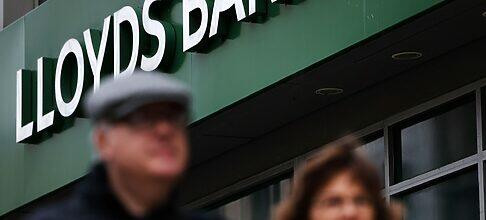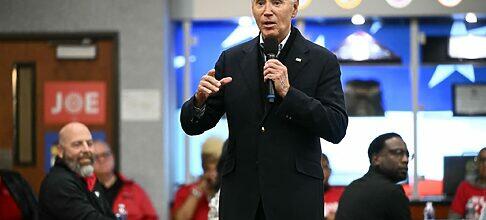
Keystone
Nestlé grew in the first half of the year, not only thanks to price increases, but also in terms of volume. However, as the price increases are significantly more moderate than in the previous year, the company is adjusting its growth expectations for the year as a whole slightly downwards.
Nestlé achieved sales of 45.0 billion Swiss francs from January to June, as the company announced on Thursday. Negative exchange rate effects depressed sales by 4.4 percent. However, Nestlé grew organically - i.e. adjusted for currency effects and acquisitions and disposals - by 2.1 percent.
Coffee and pet food strong again
The usual bestsellers were once again the most successful in the first half of 2024: according to the press release, coffee made the biggest contribution to organic growth "with mid-single-digit growth", followed by Purina pet food. Mid-single-digit growth was achieved there.
Nestlé also made gains in confectionery, water and infant and baby food. In addition, the health division Nestlé Health Science grew again, as the press release continues. "The integration plan is fully on track." Nestlé had previously struggled with problems there because a program for IT integration was more difficult than expected. However, Nestlé had previously stated that these difficulties should be resolved by the middle of the year.
Growth forecast lowered
The company's organic growth fell somewhat short of analysts' expectations. On average, they had expected growth of 2.4 percent. The reason for the slowdown was that price increases declined significantly. Nestlé increased prices by an average of 2.0 percent in the first half of the year. In the first quarter, price increases had amounted to 3.4 percent.
And Nestlé will now also increase prices less than previously expected for the year as a whole. "We have seen a faster than expected slowdown in price adjustments," said CEO Mark Schneider in the press release. The company is therefore lowering its expectations for organic growth from "around 4 percent" to "at least 3 percent".
However, while the company had still felt the restraint of consumers at the start of the year - also thanks to price increases - they increasingly turned to Nestlé products such as Cini Minis cereals, Kitkat chocolate bars and Hirz yoghurt in the second quarter of the year. Volume growth (real internal growth, RIG) amounted to 2.2 percent in the second quarter, compared with -2.0 percent in the first quarter of the year. This was the highest figure since the first quarter of 2022.
"Looking ahead to the rest of the year, we will continue to drive our RIG by launching innovative products, picking up on consumer trends and strengthening our top-selling brands," said Schneider.
Profitability increased
Operating profit (EBIT) from January to June amounted to CHF 7.8 billion. Meanwhile, the underlying operating margin as a measure of profitability increased by 0.3 percentage points to 17.4 percent. At the bottom line, Nestlé achieved a net profit of 5.6 billion.
Apart from the slightly lower growth expectations, Nestlé is also lowering its outlook for the full year in terms of adjusted earnings per share. This is expected to increase "in the mid single-digit range". Previously, the company had expected an increase of between 6 and 10 percent.
The expectations for the underlying operating margin remain at a "moderate" increase. In 2023, this had been 17.3 percent.
SDA











